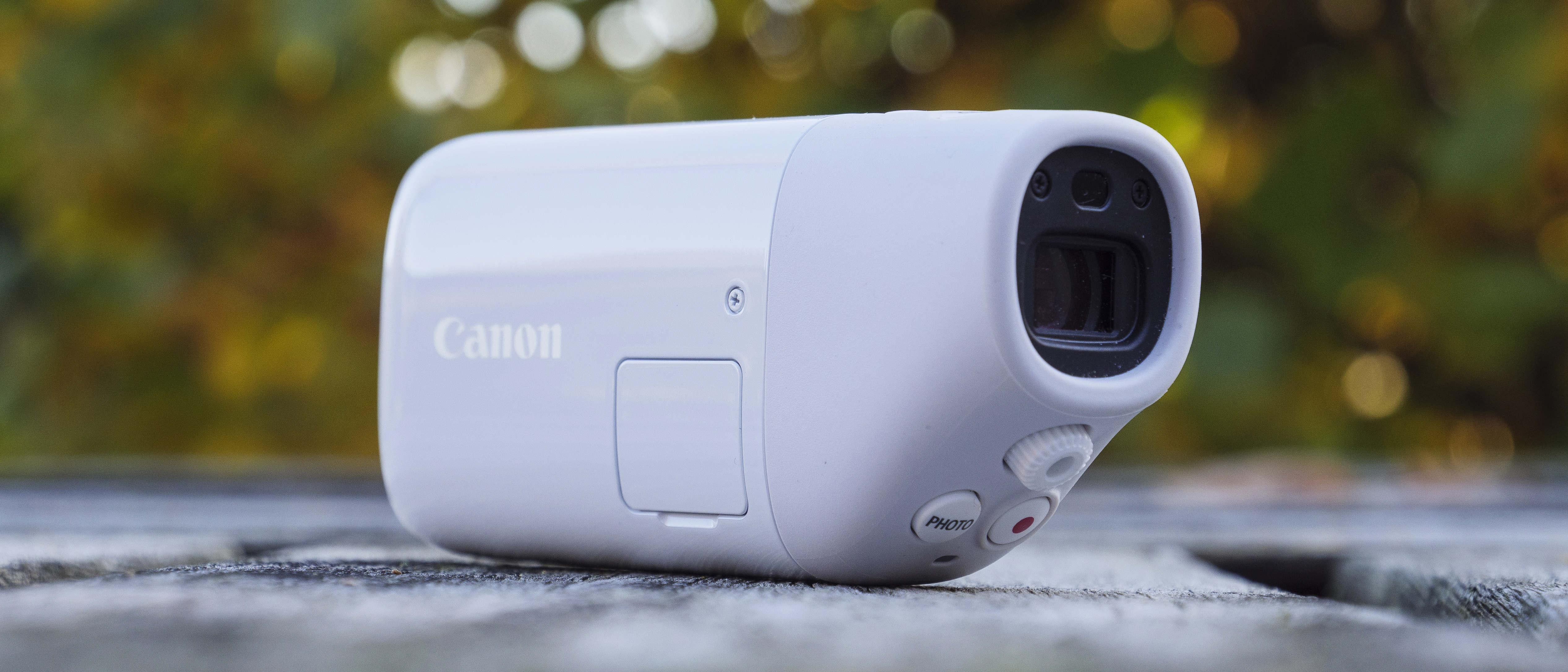TechRadar Verdict
We really like the concept of the PowerShot Zoom, which is a stabilized monocular-style camera that jumps from 100mm to 400mm focal lengths at the push of a button. Sadly, with poor image quality and handling, it's a much better monocular than it is a camera.
Pros
- +
It’s a tiny monocular!
- +
Clever three-step zoom function
- +
Effective stabilization
- +
Decent EVF
Cons
- -
Autofocus misses too often
- -
Autoexposure blows out highlights
- -
Poor image quality
- -
Better as monocular than a camera
Why you can trust TechRadar
If you want to stand out from the camera crowd, you have to be a little different – and the Canon PowerShot Zoom certainly grabs the attention.
This tiny, pocketable monocular-style camera aims to find a niche place in the camera market, yet it may well end up being popular for reasons other than as a camera.
Set your expectations right and the PowerShot Zoom does make some sense. If you are approaching the ‘camera' with high hopes for great telephoto pictures, think again. However, if you’re after a tiny, stabilized telephoto optic, then most boxes are ticked.
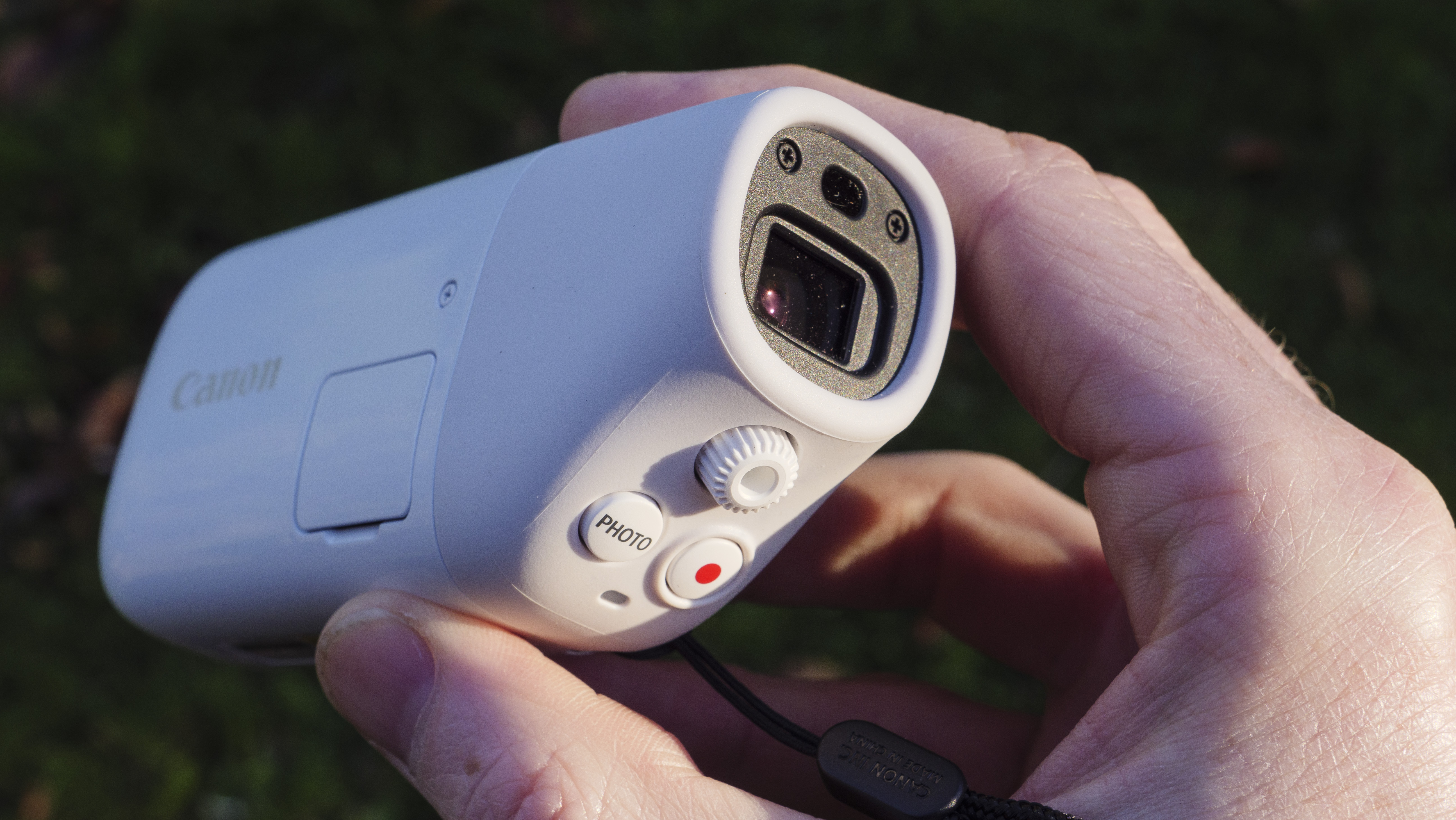
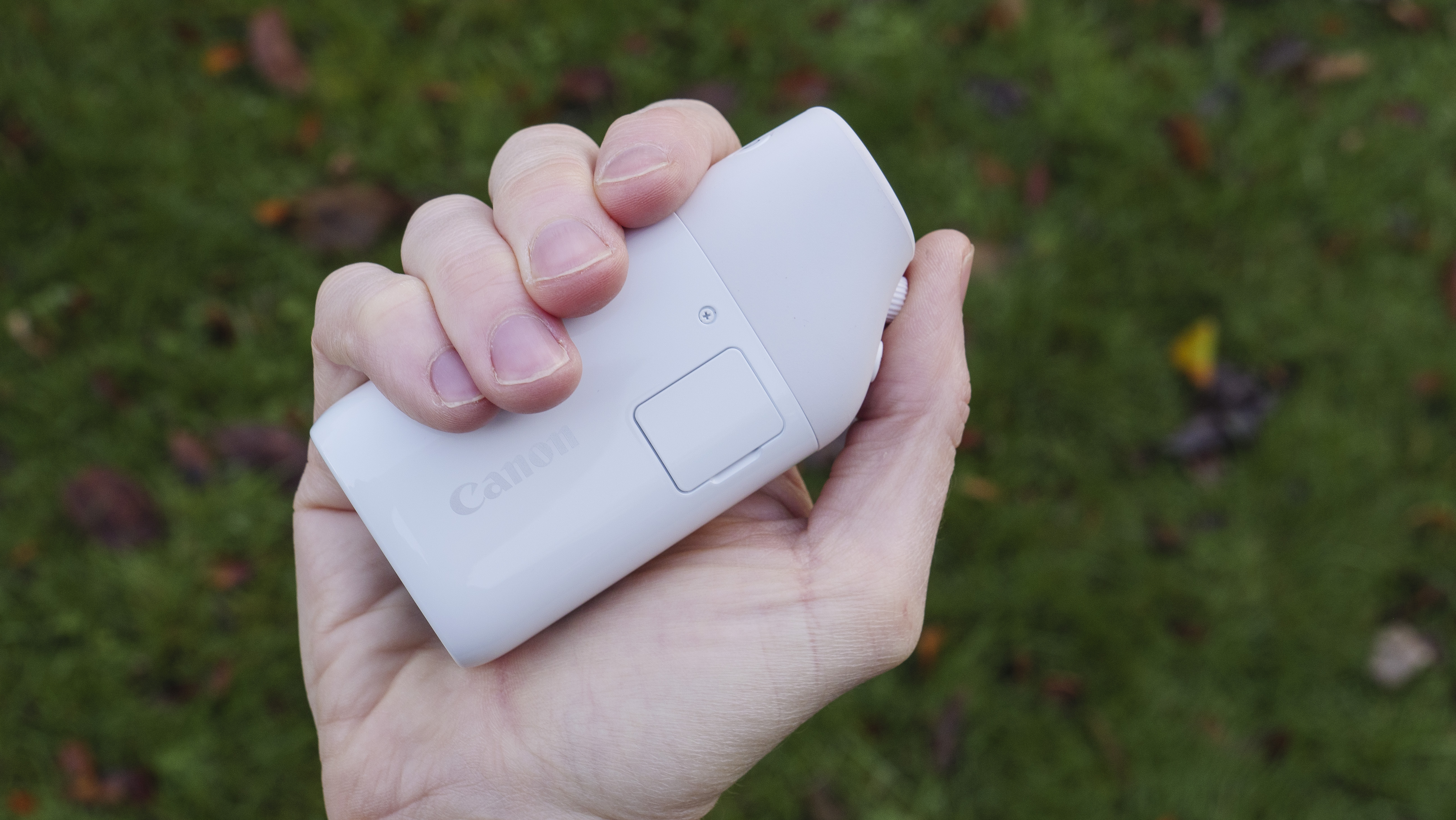
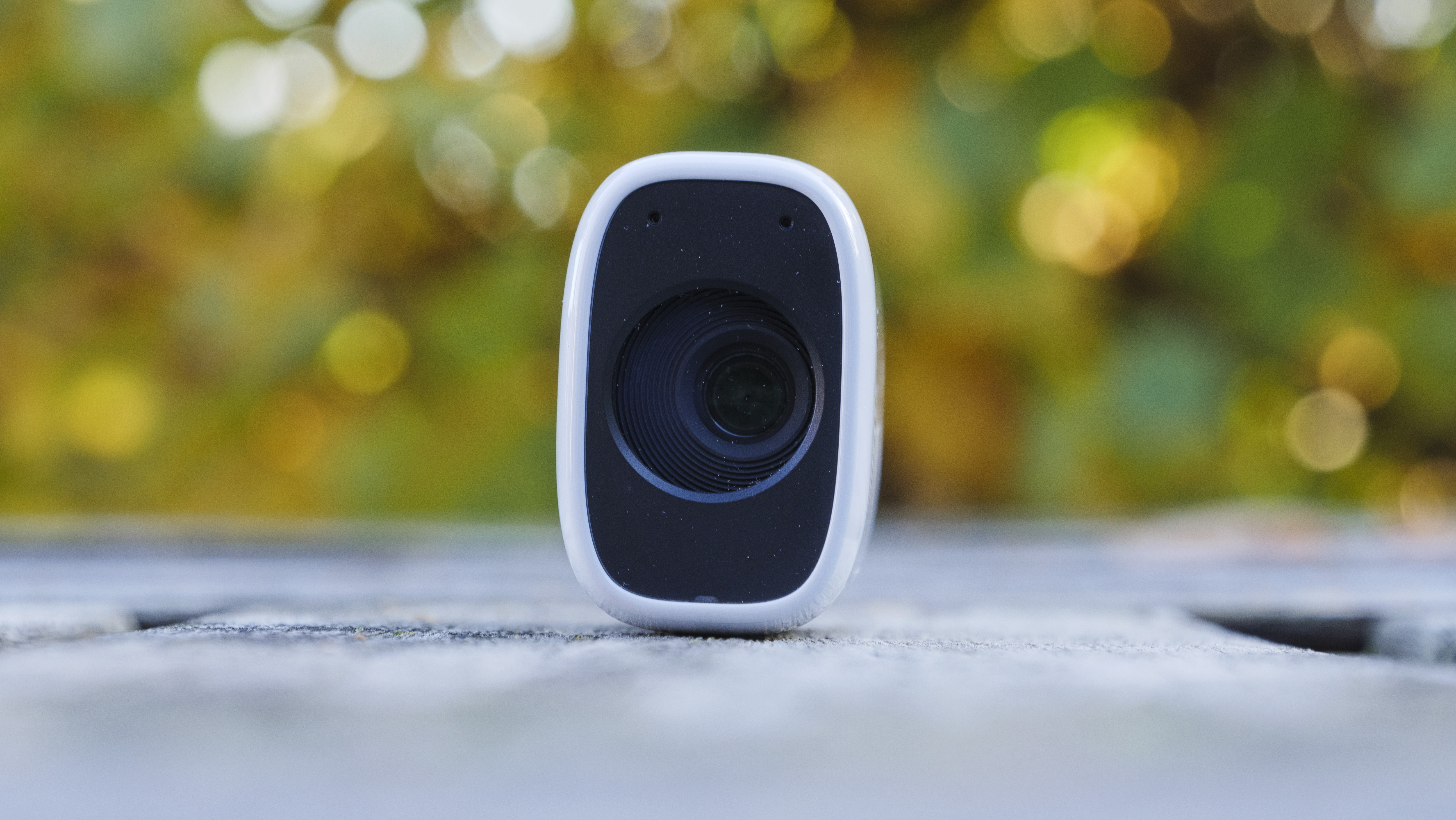
It’s perhaps better to think of the PowerShot Zoom as a digital monocular that can take 12.1MP pictures and full HD videos for reference, rather than a competent snapper with an unusual design.
What you have is a 100mm-400mm optical zoom with a 2x digital extension, which takes the focal length to 800mm. It’s a three-stepped zoom, starting at 100mm. Press the zoom button and you’re instantly at 400mm, press it again for 800mm and a third time to recycle back to 100mm.
The lens offers 4-axis stabilization, which is effective even for video capture. However, it’s not perfect and we would have liked a tripod mount as an option. If your main goal is to get close to subjects for a more detailed look, then the PowerShot Zoom works.
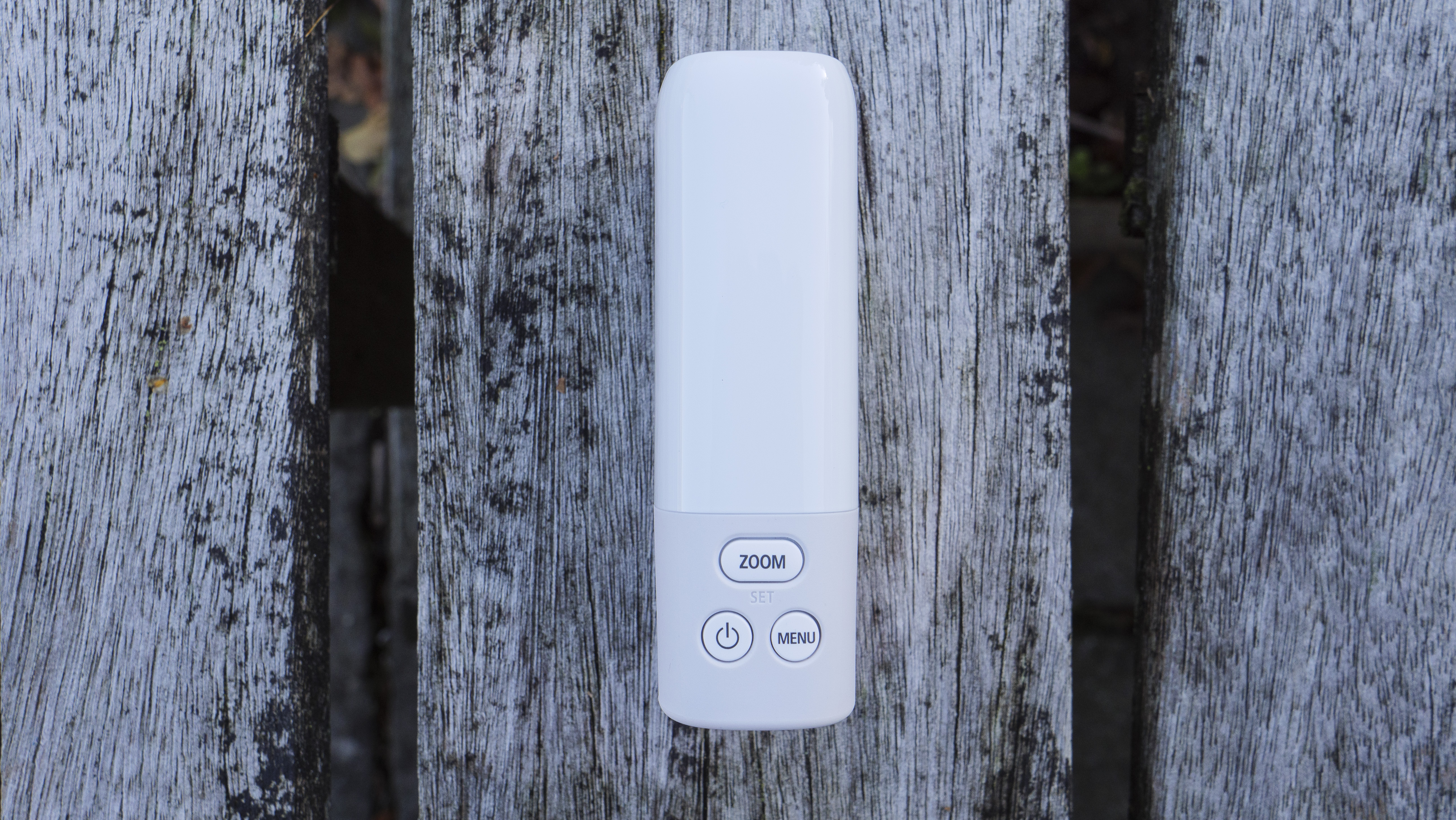
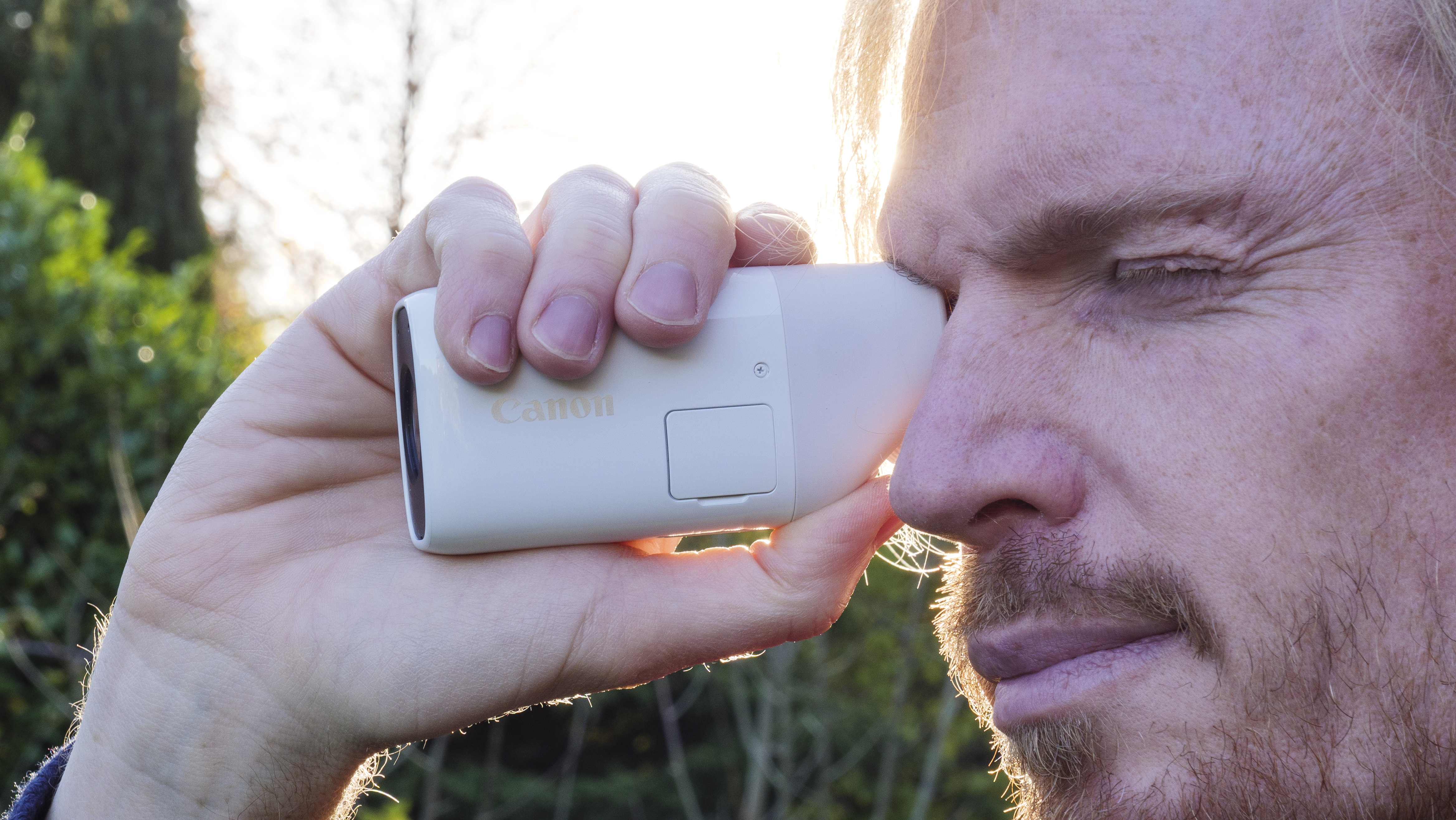
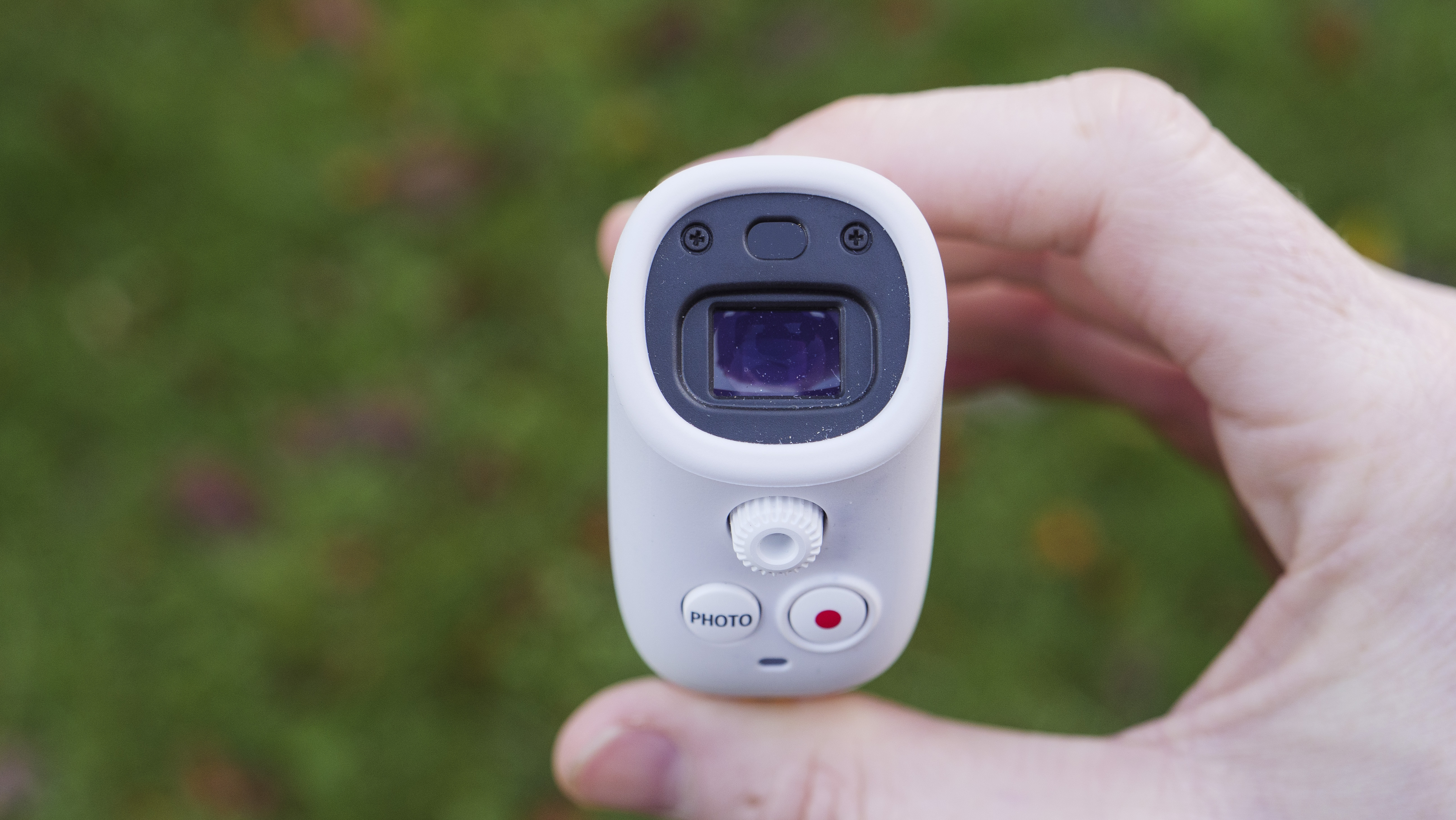
Scenes and menus are viewed through the 2.36MP EVF. The display has a 60fps refresh rate and a diopter adjustment – whatever the state of your eyes, you can adjust the display for sharp viewing. For a camera of this size, the EVF is bright and crisp, but being digital it is affected by noise in anything but bright light.
Perhaps the single most frustrating experience about the PowerShot Zoom is autofocus performance, with no option for manual focus. There’s a choice between face detection tracking or single point AF and all too easily the contrast-detection based AF shifts to the background or fails to acquire a sharp focus at all.
The main problem is when the scene is crowded or cluttered or the subject doesn’t fill the picture – this happens especially at 400mm given the limited minimum focus distance of 4.5m. Poor focusing is not only a pain for making pictures, but for clear viewing too.
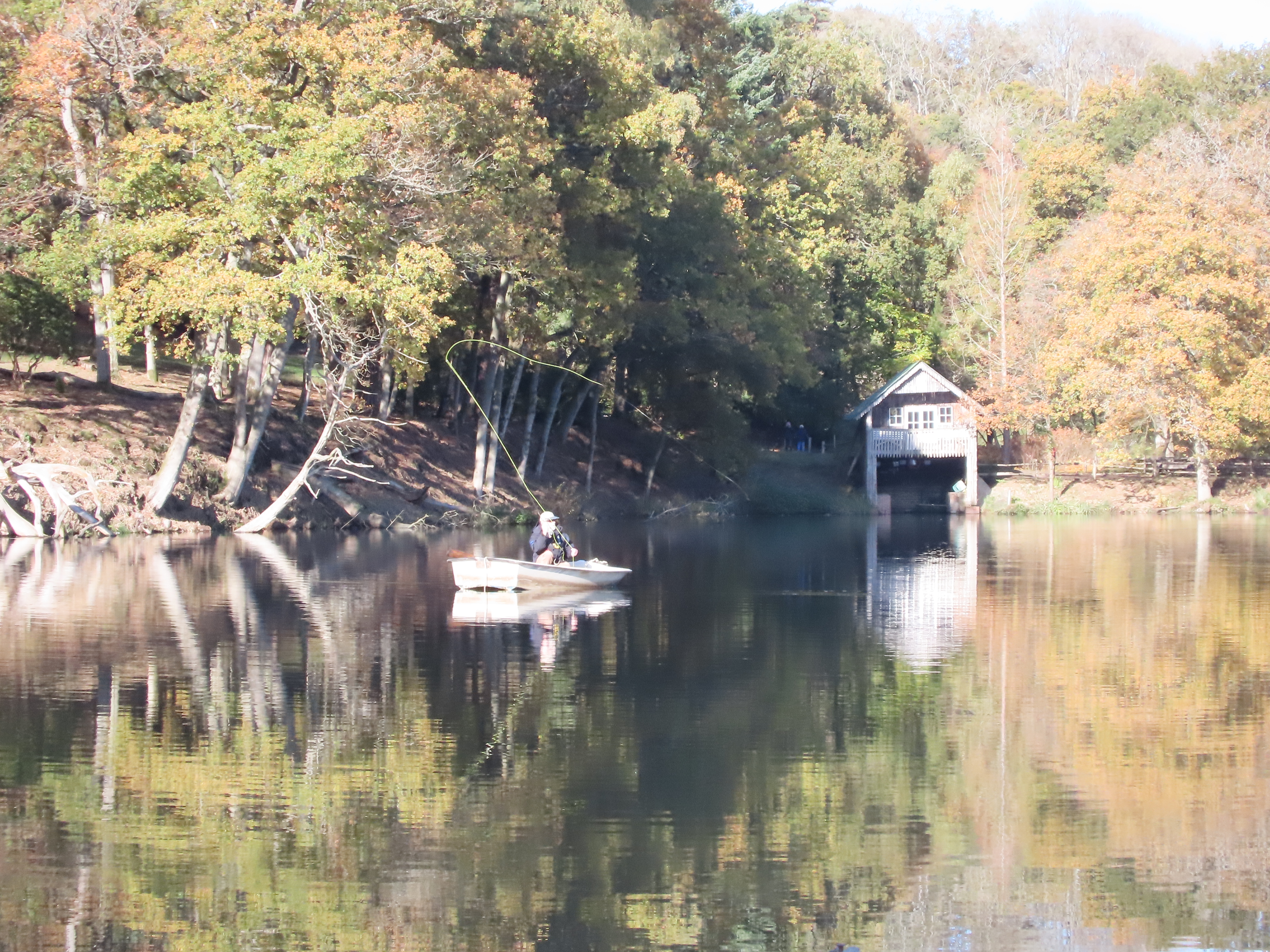
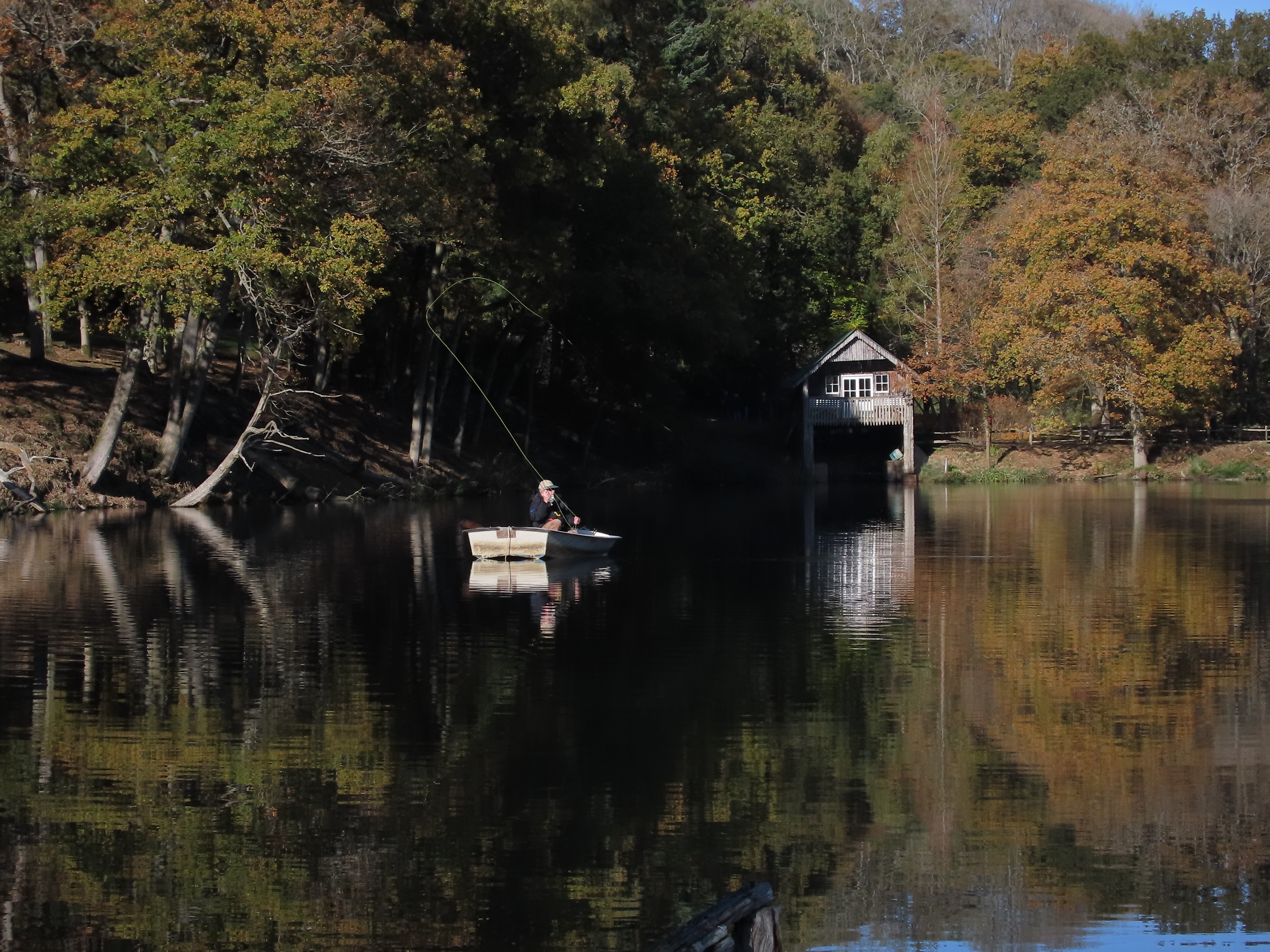
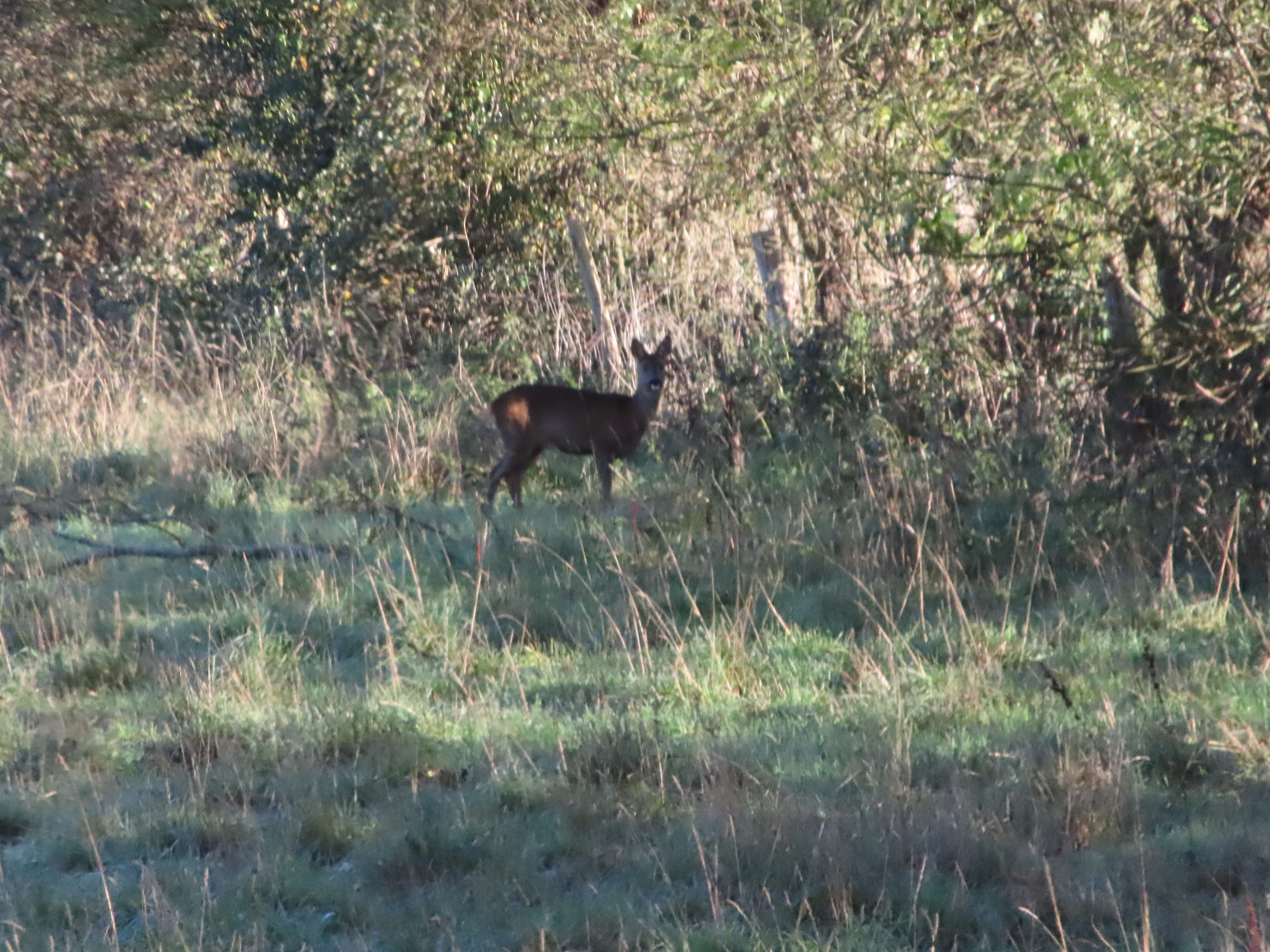

An additional sour note is auto exposure. In sunny conditions the camera errs on the bright side that can result in blown out highlights. Exposure compensation can be found in the menu and for the best part we’d leave that set to -1EV in sunny conditions.
Another workaround to combat poor AF and auto exposure performance is to acquire focus and accurate exposure from elsewhere – a high contrast and clear subject – to then recompose the shot. Things shouldn’t be this complicated.
Otherwise, everything is downright simple. There is very little control over image making. Everything is automatic. You have one picture format – 12.1MP JPEG pictures and Full HD videos at 30fps, capped to ten minutes.
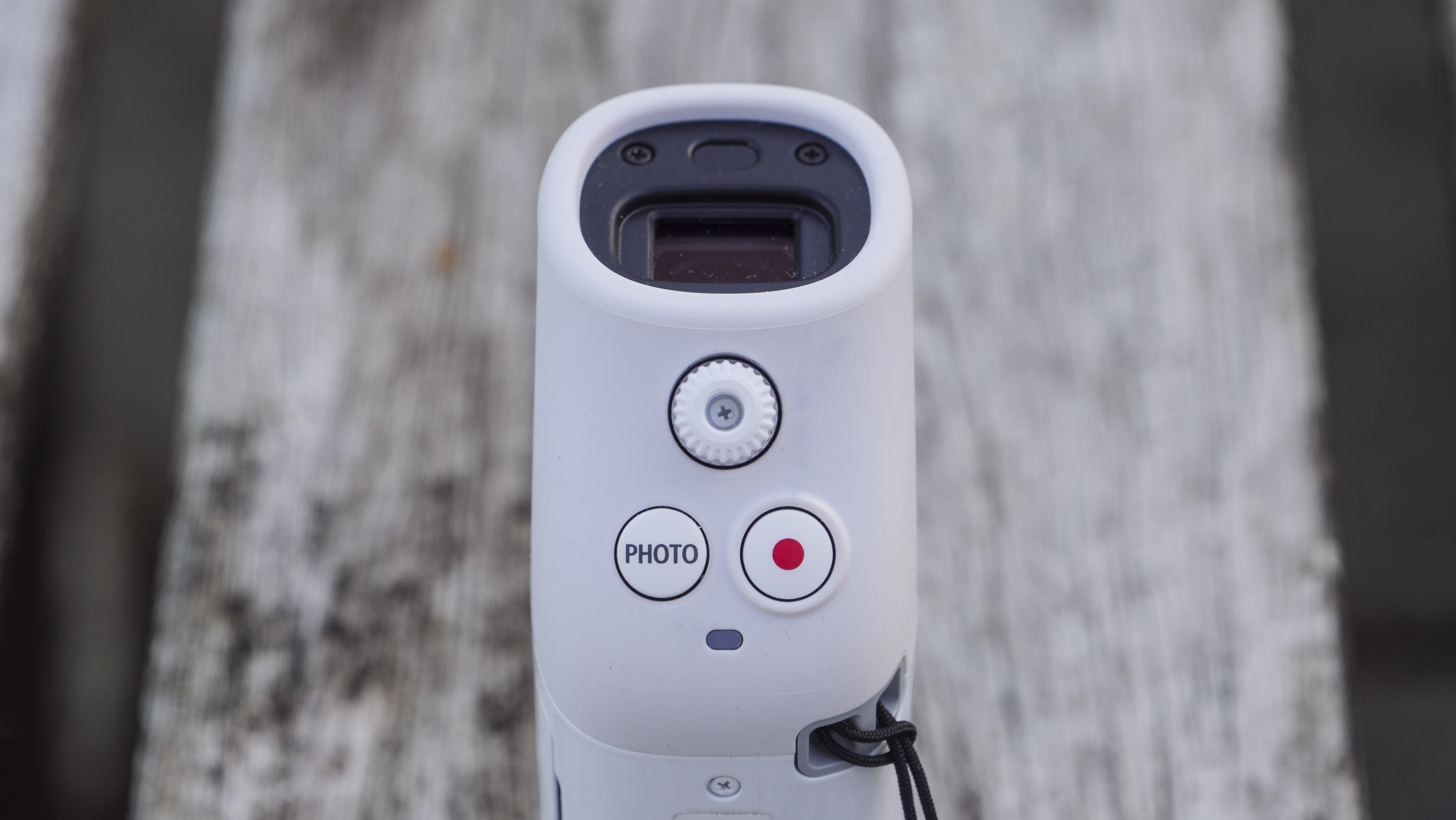


For photos, there is single or 10fps continuous drive modes. Telephoto optics typically capture action, so we kept that drive mode set to continuous. You’ll be able to squeeze around 30 shots in a sequence before the camera slows up.
Images are recorded onto a microSD card – yes, we had to dig deep into the office drawers to find one of those – and inside the same door on the camera is a USB-C slot through which the PowerShot Zoom is charged.
On a full charge, you’ll get about 70 minutes of EVF time. Canon states 60 minutes of video record time or 150 shots per charge. The latter is conservative, especially when using the 10fps continuous shooting mode.
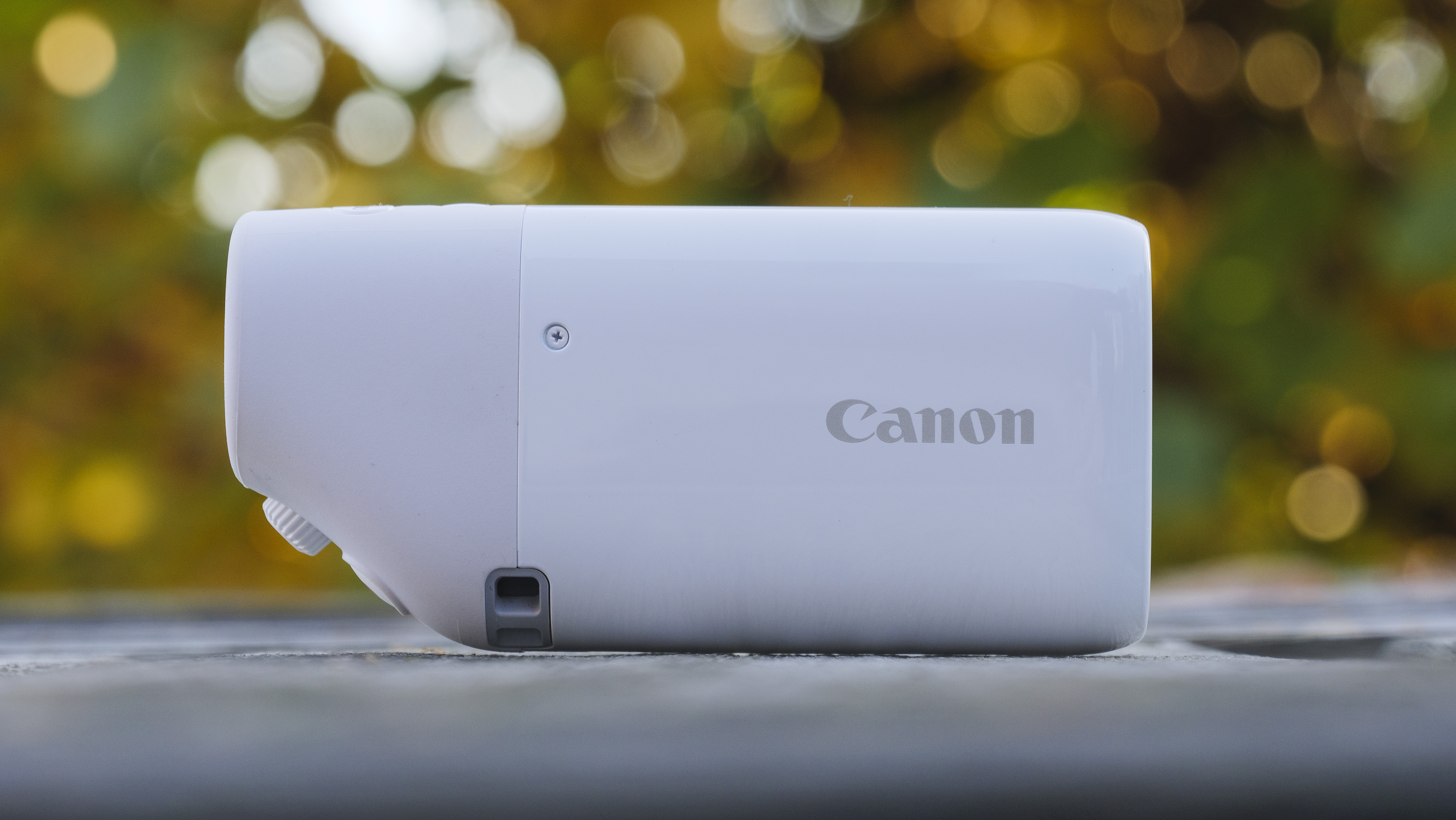

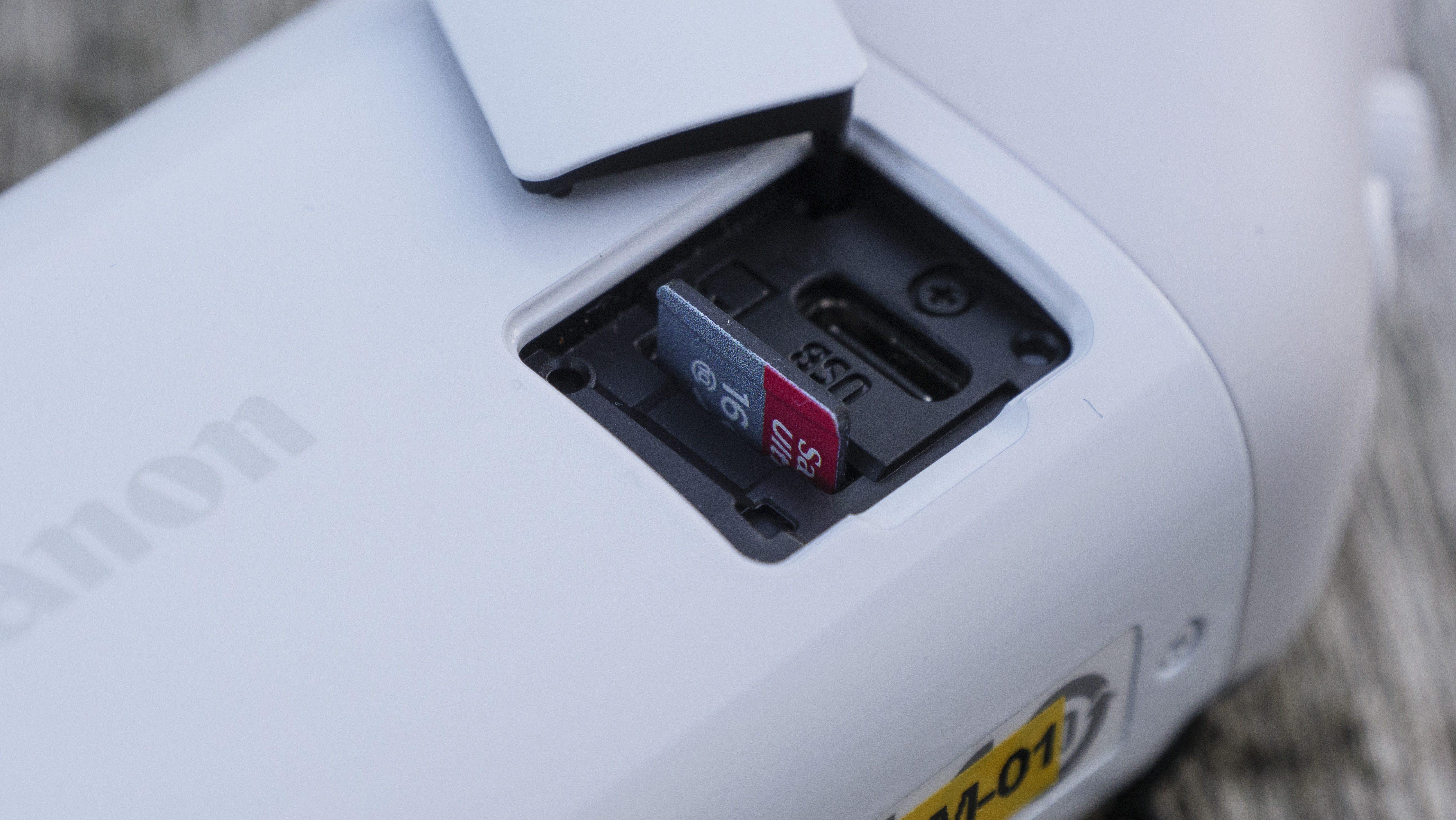
We do like the camera’s design. It’s dressed in white, weighs a mere 145g and is made from plastic, so it's not weather-sealed in any way.
Photo and video capture each have a dedicated button underneath the EVF, while zoom, power and menu buttons are placed on the top. All of those buttons are logically placed and, after time in the hand, you’ll be able to keep your eye up to the viewfinder while operating those memorized controls.
Of course, there is no screen, so liveview, playback and menu navigation is via the EVF. And with a limited button layout there is some acclimatization for scrolling through the menu. Fortunately, it's stripped right back and once you start looking for a specific control you’ll find it quick enough.
It is possible to pair the PowerShot Zoom with the Canon Camera Connect app. At the time of writing, the app was not updated for compatibility with the camera, so we were unable to check it out. We suspect it could add a little extra to the experience of handling the camera.

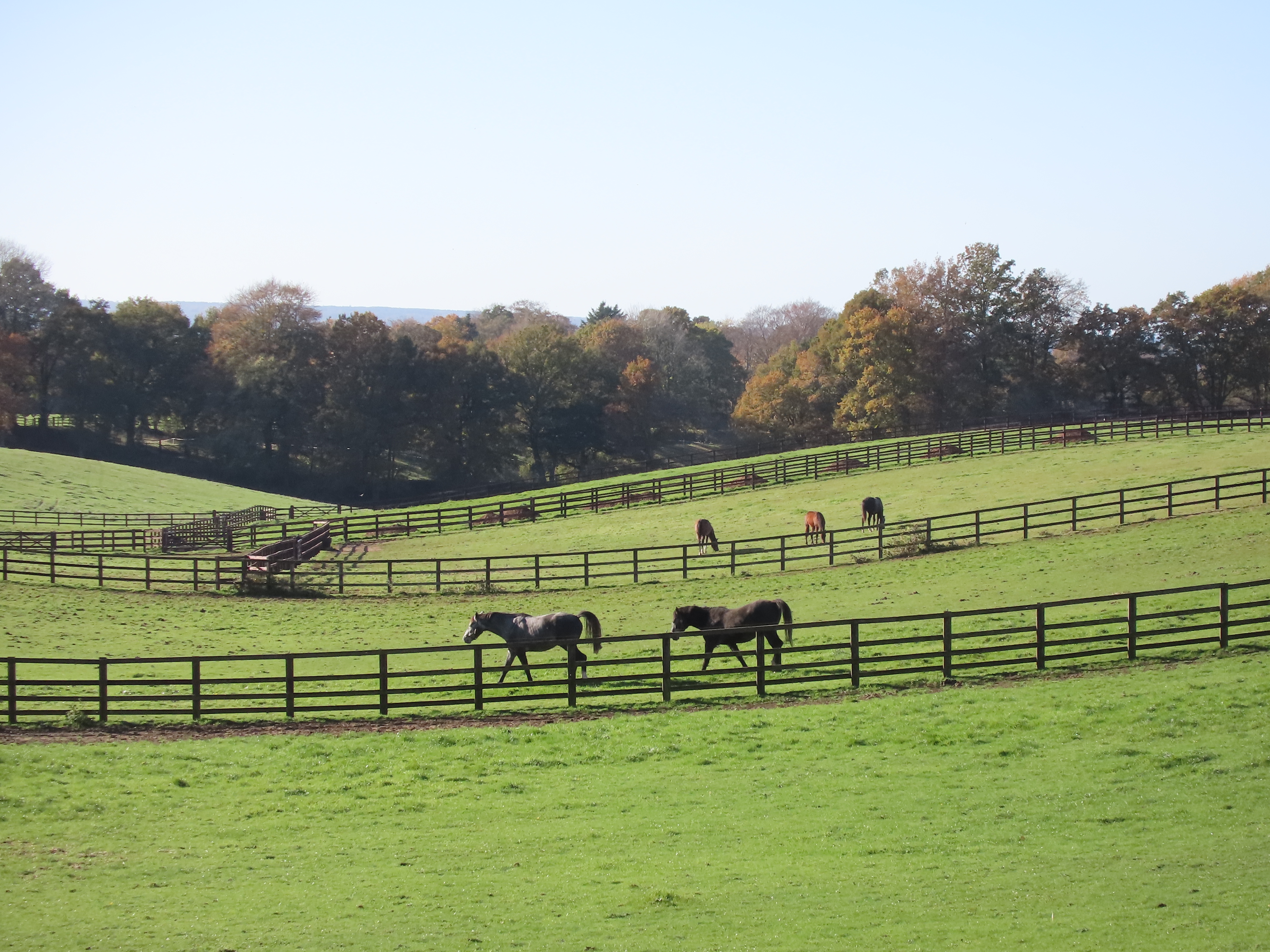
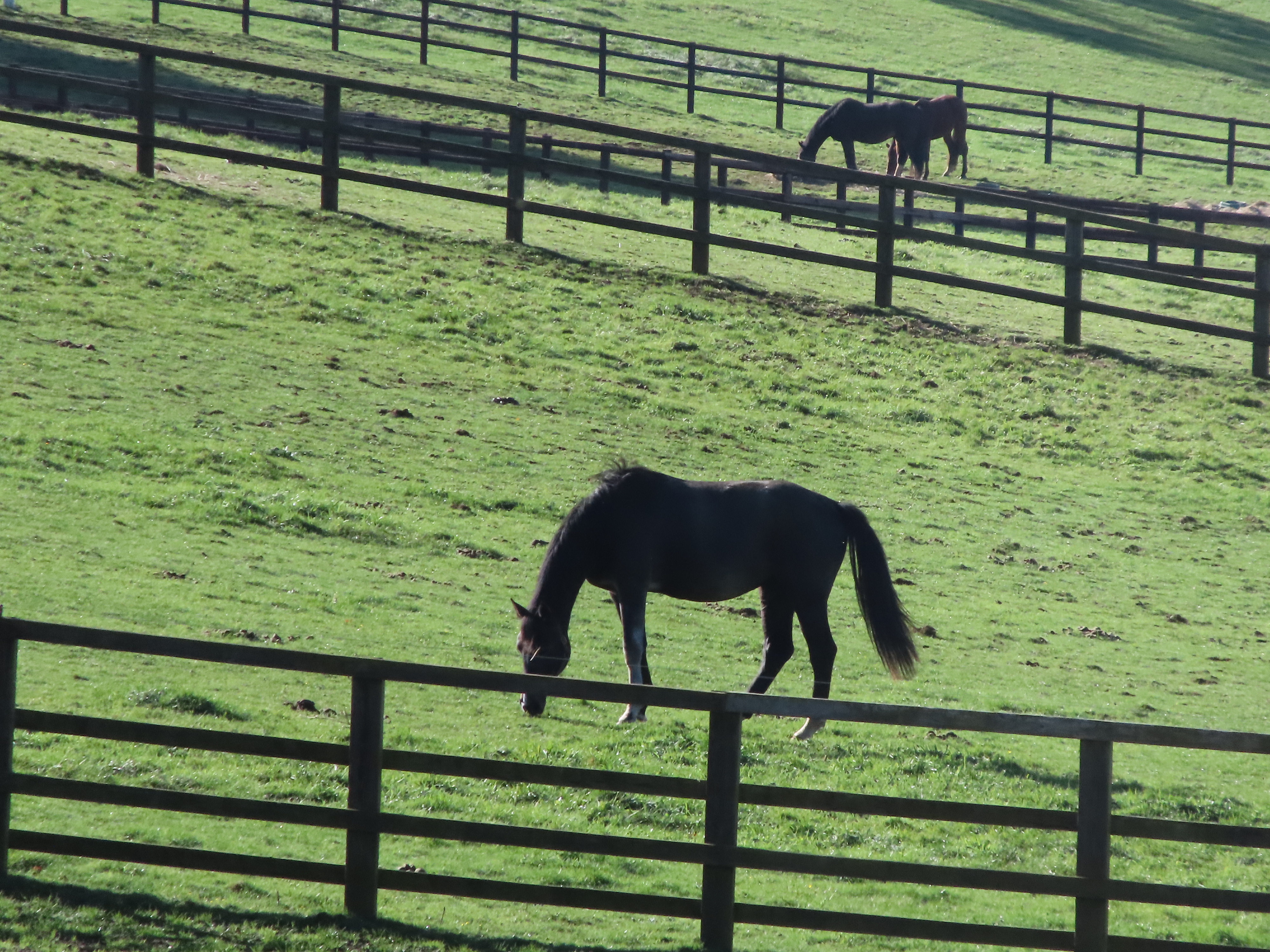
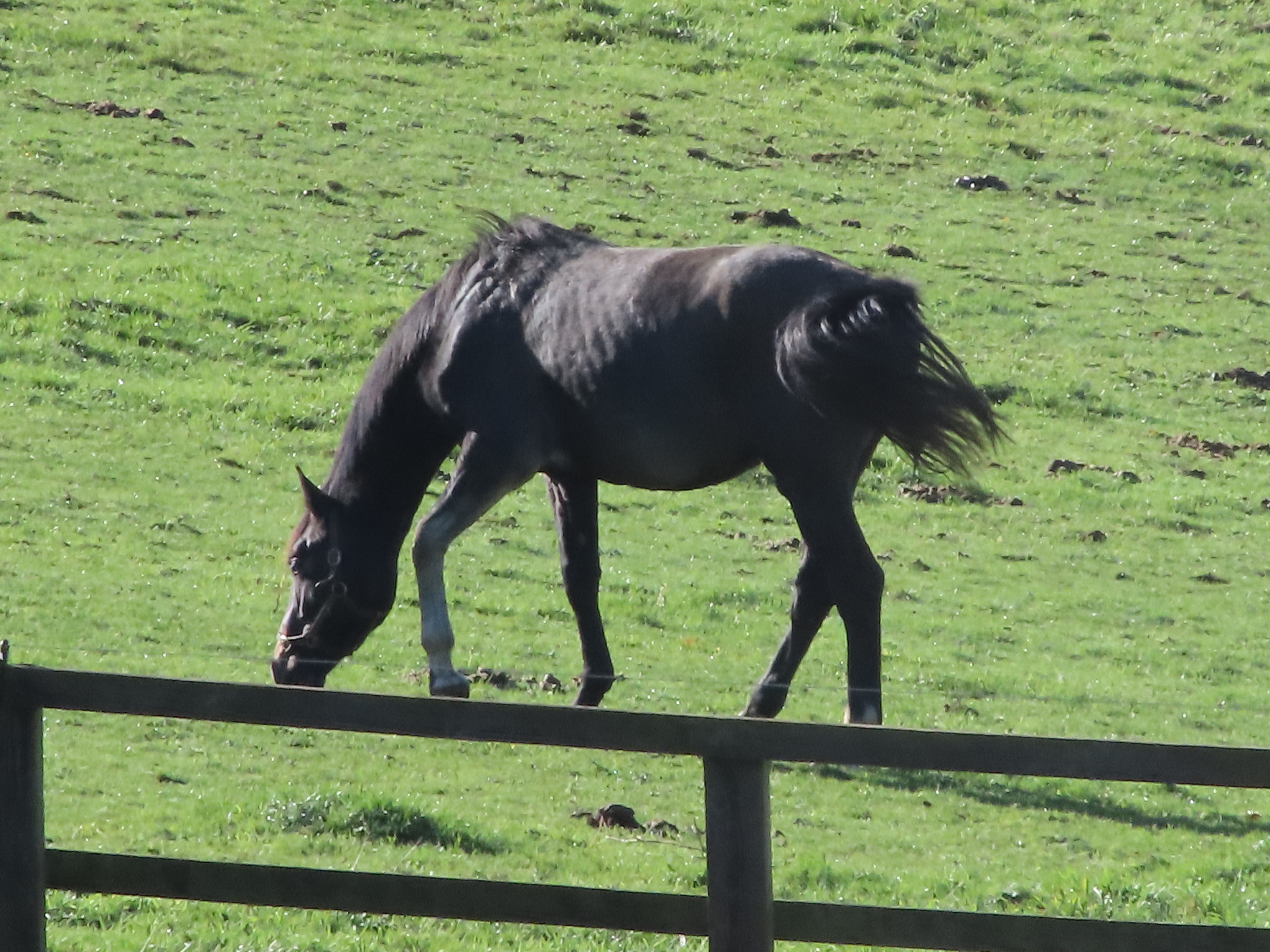
So what of image quality? The PowerShot Zoom uses a tiny 1/3in sensor and has an ISO 100-3200 range fixed to auto. Aperture and shutter speed are also automatic.
All that we can say is that image quality is poor. As an example, we took virtually identical pictures using the Powershot Zoom's 100mm setting and the Vivo X51 smartphone set to it’s 5x digital zoom – and picture quality was better with the phone.
Yes, the Powershot Zoom has an advantage over a phone in being able to optically zoom to 400mm. But pitch it up against another compact camera of the same price tag – something like the Panasonic Lumix TZ90 – and at 400mm it also comes up short.
Part of the problem is the camera’s maximum f/5.6 aperture at 100mm and f/6.3 at 400mm, paired with the need for a fast shutter speed given the focal length. Too many scenarios require a high ISO where image quality suffers.
Put simply, we wouldn’t buy the Canon Powershot Zoom for its picture quality. But its monocular design and decent EVF make it a more compelling viewing optic, if a pretty expensive one.
Should I buy the Canon PowerShot Zoom?
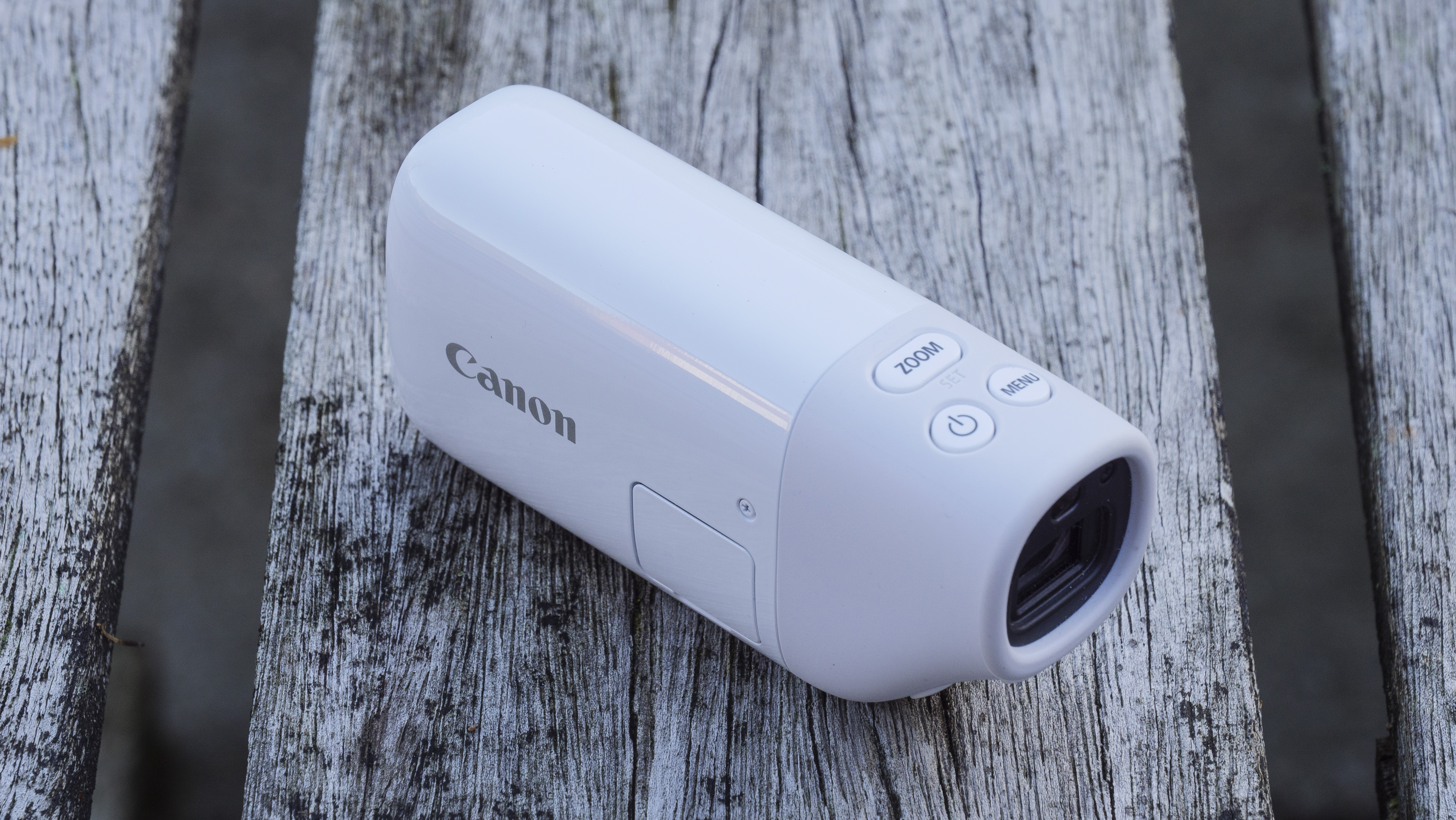
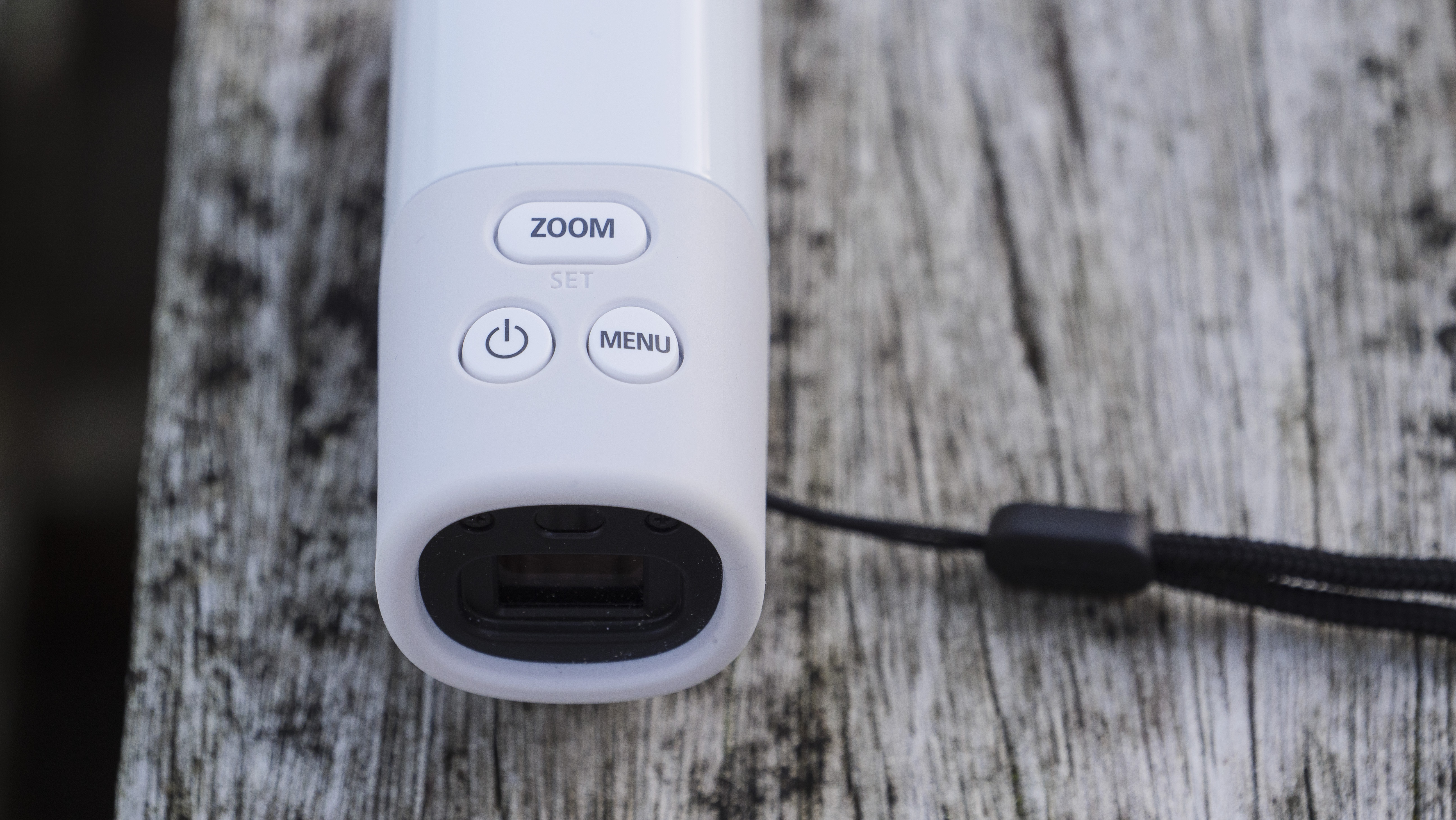
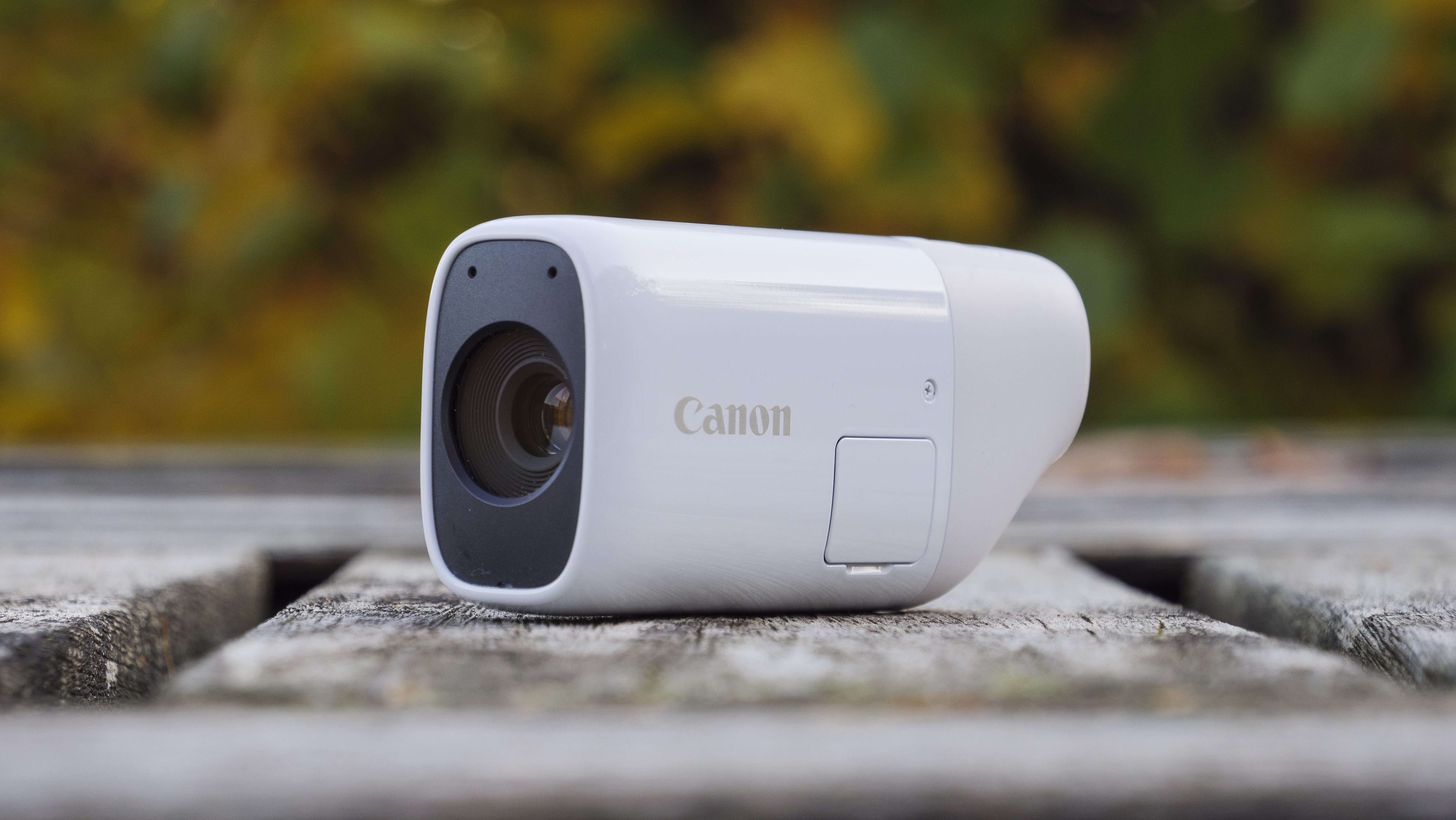
Buy it if...
You want a lightweight monocular
As an ocular, the Canon Powershot Zoom works surprisingly well – its EVF being the highlight. You can jump from 100mm to 400mm at the push of a button and extend that stabilized reach digitally to 800mm.
You want a tiny, fuss-free telephoto camera
The diminutive form factor is good, the button layout logical enough and there are dedicated buttons for photo and video capture, with the option of 10fps continuous shooting.
You are not serious about capturing pictures
When thought of primarily as a digital monocular with the ability to record photos and videos for reference, then the Canon Powershot Zoom makes some sense.
Don't buy it if...
You expect a quick photographic tool
It may well skip between the focal lengths at the push of a button, but everything else after that is slow. Autofocus is often unworkable while auto exposure can clip highlights.
You are serious about taking telephoto pictures
The 1/3in image sensor is tiny and it shows in the quality of images. Even in good light, the 12.1MP JPEGs look 'blocky’. You’ll get more joy out of a travel-zoom compact camera at the same price point.
You want the latest tech
Tech-wise, there’s not too much going for the PowerShot Zoom. The sensor, processor, autofocus system – it’s all dated tech, encased in a fresh monocular shell.
Save on top-quality cameras and accessories with our latest Canon discounts. Find great deals on gear for every shot.
- These are the best compact cameras you can buy right now

Tim is the Cameras editor at TechRadar. He has enjoyed more than 15 years in the photo video industry with most of those in the world of tech journalism. During his time as Deputy Technical Editor with Amateur Photographer, as a freelancer and consequently editor at Tech Radar, Tim has developed a deeply technical knowledge and practical experience with cameras, educating others through news, reviews and features. He’s also worked in video production for Studio 44 with clients including Canon, and volunteers his spare time to consult a non-profit, diverse stories team based in Nairobi. Tim is curious, a keen creative, avid footballer and runner, and moderate flat white drinker who has lived in Kenya and believes we have much to enjoy and learn from each other.
